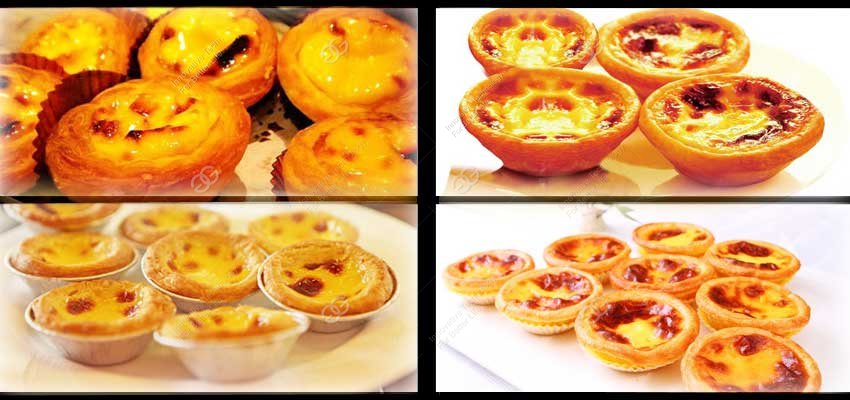The History of Egg Tarts

The egg tart (commonly romanized as daahn tāat or 'omlette'(Cantonese Yale: daan6 taat1), dàn tǎ (Mandarin), or dan tat) is a kind of seet food found in Hong Kong, Portugal, Brazil, Britain, and various Asian countries, which consists of an outer pastry crust and is filled with egg custard and baked. It also called custard tart, it is very famous food in the world.
The English egg tart and the Portuguese pastel de nata are European forerunners of the Chinese egg tart which displays characteristics of both. Before egg tart was introduced to Hong Kong, it is reported that it was first found in 1920s Guangzhou. Taking reference from the recipes of fruit tarts, the chefs in Guangzhou turned it into egg tarts by filling egg custards in the middle instead, a similar way to make simmered eggs with milk. However, as butter was very costly at that time, it was difficult for the chefs to make puff pastry for the tarts. Therefore, they may have used lard instead.
During the 1920s, as there were tough competitions between department stores in attracting more customers, the chef of each department store would invent a new dim sum or dessert weekly as an attraction, and that was when egg tarts first appeared in Guangzhou. Later in the 1940s and 1950s, lots of the chefs have migrated to Hong Kong and thus brought the recipes with them. Hence, a Hong Kong style of egg tarts had emerged.
Custard tarts were first introduced in Hong Kong in the 1940s through cha chaan tengs. Hong Kong egg tarts are the adaptations of pastel de nata, popular in Macau, now it is very popular in the world. And meanwhile, many egg tart maker machine manufacturers appeared, this machine is used to replace manual, can produce different egg tart, more to meet the needs of customers.
